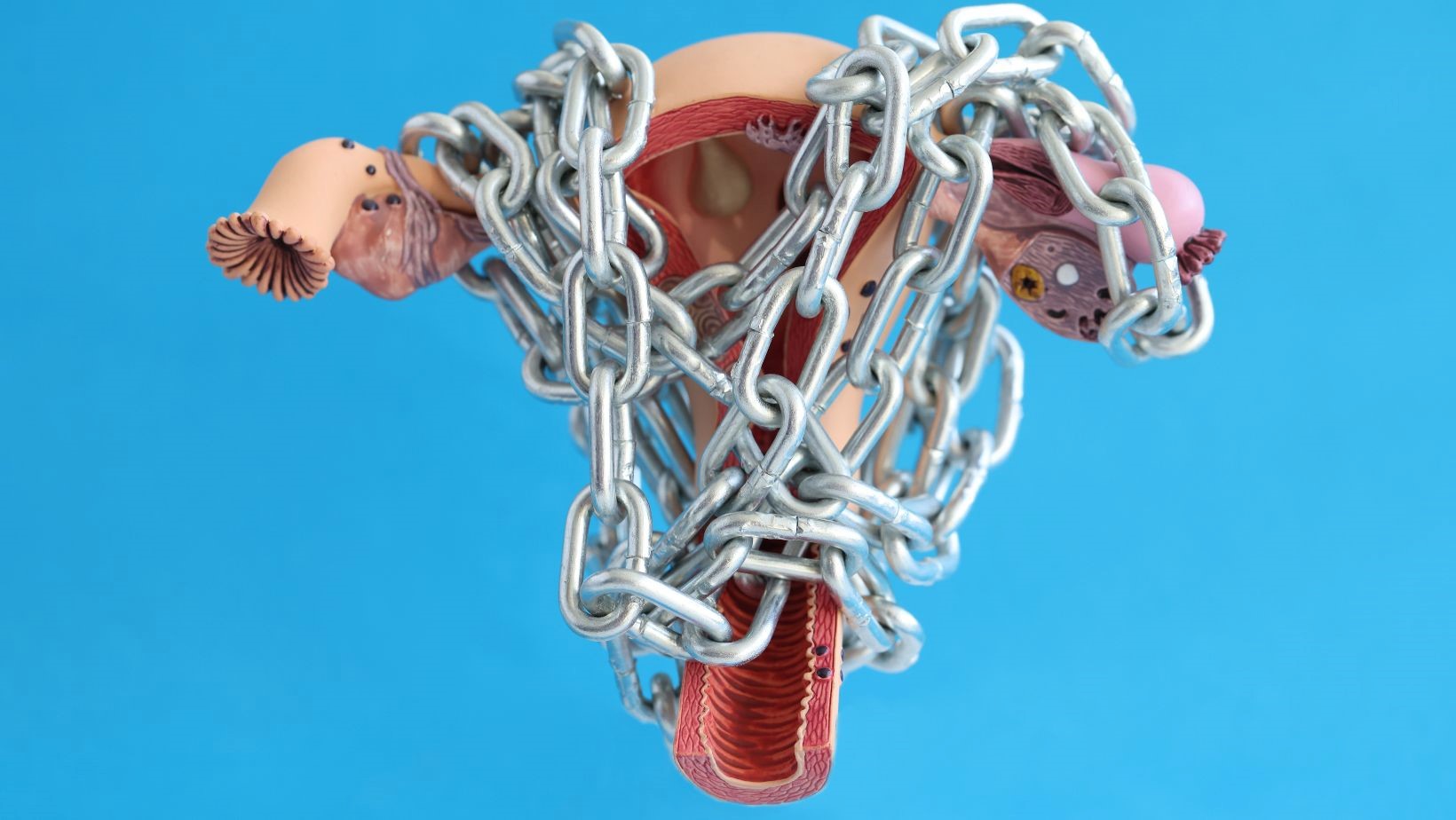
Uterine fibroids are noncancerous growths that form in the uterus. If you have been experiencing pelvic pain, heavy periods, or problems with urination, you may have uterine fibroids. While they are not always symptomatic, when they are, they can cause a great deal of pain and discomfort. If you think you may have uterine fibroids, it is essential to seek medical attention.
What are Uterine Fibroids?
Abnormal growths that form on or in the uterus are known as fibroids. These tumors can occasionally grow extremely large, resulting in excruciating stomach pain and irregular periods. They typically have no symptoms or indicators at all and are usually benign or noncancerous. There is no known cause of fibroids. By the time they are 50 years old, 20% to 80% of women have them, according to the Office on Women’s Health. Most people, however, don’t experience any symptoms and might never be aware they have fibroids. (Macon)
Symptoms of Uterine Fibroids
Many women with fibroids have no symptoms at all. The location, size, and quantity of fibroids in individuals who do can affect symptoms. The most typical uterine fibroids symptoms and signs in women who experience them are extreme menstrual bleeding, longer than a week’s worth of menstrual cycles, pelvic pressure or discomfort, frequent urinating, difficulty emptying the bladder, constipation, leg or back discomfort. Rarely, when a fibroid outgrows its blood supply and starts to die, it can produce severe pain. Location is the primary factor used to categorize fibroids. Intramural fibroids develop inside the uterine wall’s musculature. The uterine cavity is protruded into by submucosal fibroids. Subserosal fibroids protrude from the uterus’s wall. (Mayo Clinic)
Causes of Uterine Fibroids
Nobody is sure of the exact cause of fibroids. Many factors are possible, according to researchers. Certain elements that may affect fibroid growth can be hormonal (influenced by estrogen and progesterone levels) or genetic (runs in families). We don’t know what causes fibroids to develop or shrink because no one knows their exact cause. We are aware that progesterone and estrogen work together to regulate their hormonal activity. During pregnancy, when hormone levels are high, they expand quickly. When anti-hormone medication is used, they shrink. After a woman enters menopause, they also cease to develop or shrink. (Office on Women’s Health)
Diagnosis and Treatment of Fibroids
You’ll require a pelvic exam from a gynecologist to receive an accurate diagnosis. During this examination, they will assess the health, dimensions, and form of your uterus. Imaging tests might also be required. An ultrasound creates images of your uterus on a screen using high-frequency sound waves. This will allow a doctor or other healthcare provider to see your uterus’ interior structures and fibroids. Because the ultrasound wand is put into the vagina during the procedure, it is closer to the uterus and may produce crisper images. An extensive pelvic MRI examination yields pictures of your uterus, ovaries, and other pelvic organs. (Macon)
The majority of women with fibroids exhibit no symptoms. If a woman does experience symptoms, some therapies can be beneficial. Depending on your age, the size of your fibroids, and general health, a doctor will create a treatment plan for you. You might receive a combination of treatments, such as changing your food and lifestyle, taking medication, undergoing minimally invasive or noninvasive procedures, or having surgery to remove big or numerous growths. (Office on Women’s Health)
When Medical Intervention is Needed
If you have fibroids, the treatment will rely on the size and location of the fibroids. If the fibroids are small, they may not require any treatment at all. Consult your doctor in case of any of the symptoms, especially if you are pregnant. If you experience intense pain combined with heavy menstrual bleeding and are not able to get relief from over the counter remedies, you may wish to seek emergency care for proper diagnosis and pain relief.
Works Cited
Macon, Brindles Lee. “What You Need to Know about Fibroids (Uterine Fibroids).” Healthline, Healthline Media, 21 Dec. 2022, www.healthline.com/health/uterine-fibroids.
“Uterine Fibroids.” Mayo Clinic, Mayo Foundation for Medical Education and Research, 21 Sept. 2022, www.mayoclinic.org/diseases-conditions/uterine-fibroids/symptoms-causes/syc-20354288.
“Uterine Fibroids.” Uterine Fibroids | Office on Women’s Health, www.womenshealth.gov/a-z-topics/uterine-fibroids.
